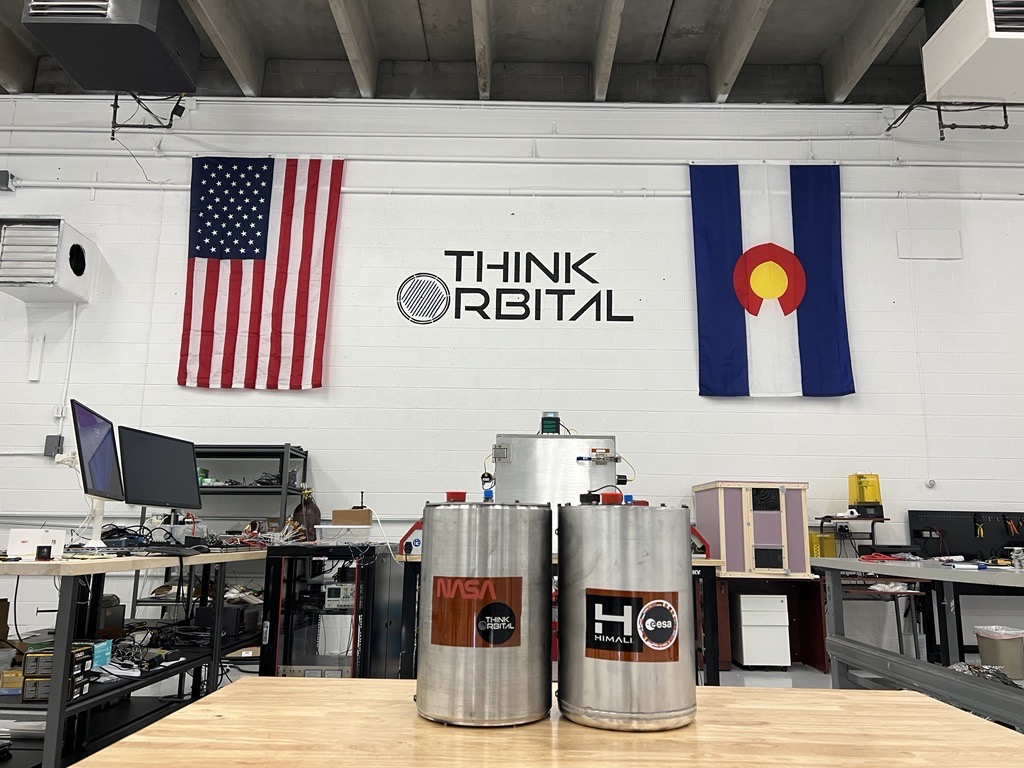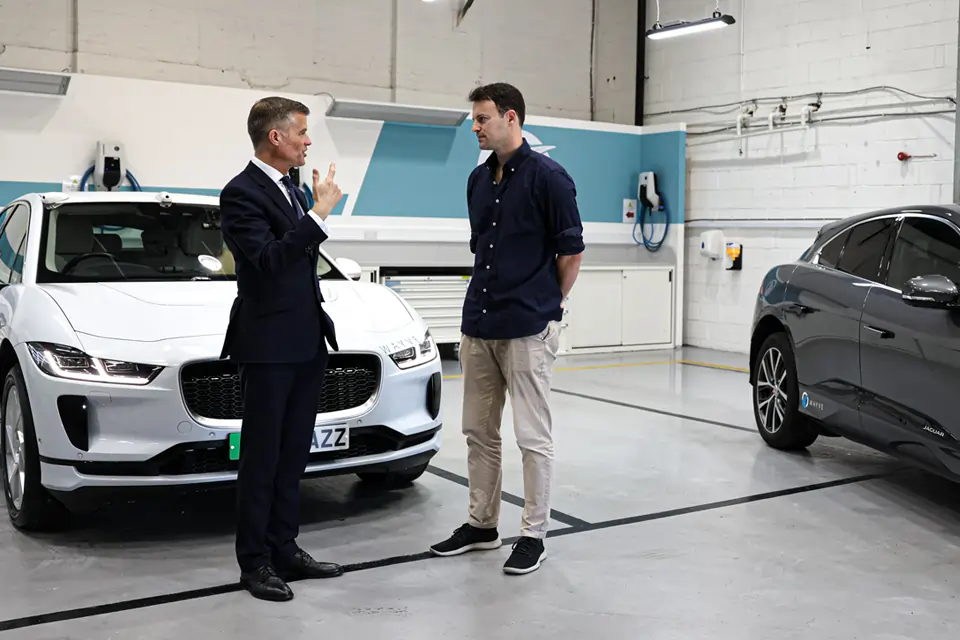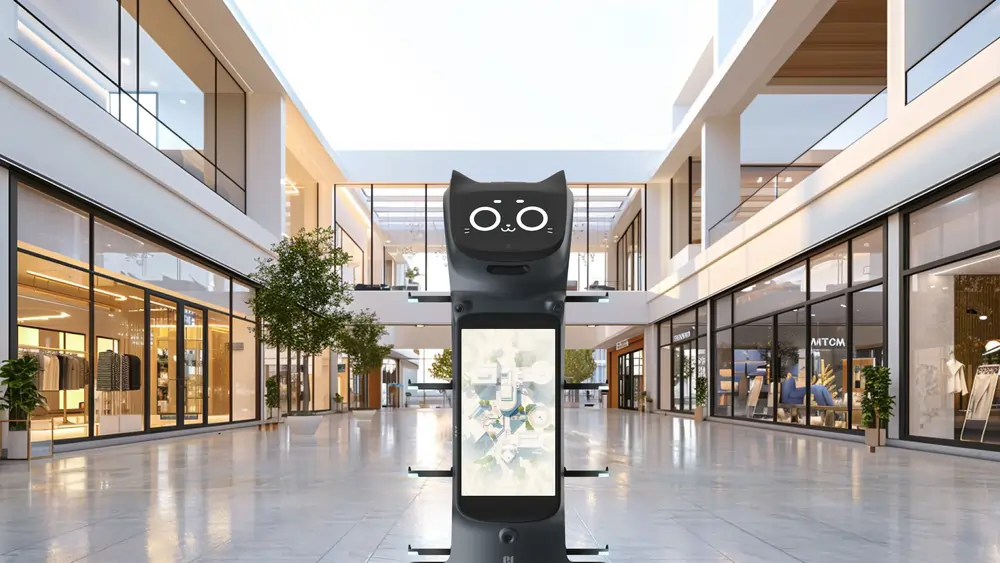Companies who unlock Gen Z’s business technologist potential will take huge strides in achieving a strategic and meaningful digital transformation, says Gert-Jan Wijman of Celigo
Having multiple generations working together is nothing new. Still, differences in skill sets and attitudes have become more stark as innovation and the pace of change have accelerated in recent years. Baby boomers lived through the advent of computers and learned new technologies over time, while the Gen Z employees entering the workforce now have never known a world without technology’s infinite possibilities.
Similarly, people starting their careers now and in the coming years will have a completely different attitude towards their jobs than past generations, owing largely to the pandemic’s lasting impact on working patterns and the perspective it gave many on the value of life outside of work.
While these differences look like a challenge to modern leaders, they also present a significant opportunity to nurture a new generation of business technologists. Tech-savvy employees from across the organisation have direct knowledge of business operations and needs. Suppose they are empowered to function as a bridge between business and IT, automating the most formulaic part of everyone’s roles, elevating day-to-day work and creating efficiencies where they’re needed most. When
taking this approach, and seeing these employees as an opportunity, the business greatly increases the chances for digital transformation initiatives to succeed.
Gen Z hold the keys
In the past, progression and success were often directly linked to the amount of time an employee spends behind a desk or in the office. However, many young people who enter the workforce today only know of a digital-first approach, which means they can clearly see how technology enables them to work more efficiently from anywhere. Similarly, they place great importance on having a healthy balance between work and their personal lives. As a result, business leaders cannot (and probably never should) expect modern employees to log long hours at their desks. It is particularly true if this time is spent on repetitive and tedious tasks – like logging invoices or manually managing data – rather than engaging work that truly adds value to an organisation.
In this context, digital natives, or those who have grown up surrounded by technology, hold the keys to upskilling the workforce and identifying and connecting new technologies to build operational efficiencies.

The advantages business technologists bring
Empowering younger workers to become business technologists has a range of benefits. While they may not have the full breadth of experience and skills of a career IT worker, low- and no-code platforms can enable them to take on many of the tasks that bog the IT department down. Additionally, the advent of generative AI has made it easier than ever for people with little to no coding experience to perform technical tasks.
Gen Z’s potential to alleviate the IT team’s workload can help minimise the impacts of the ongoing tech skills gap. In fact, many of them are already adept at identifying new work tools and automating manual or siloed processes. By directing this energy in the right direction, IT teams can reduce time spent on simple and cumbersome tasks like debugging or wading through API documentation to implement tools. Combined with allowing day-to-day workers to have a greater influence on technical projects, whose approach will be more informed by their knowledge of the businesses’ operations, the chances of different strands of activity leading to meaningful results improve dramatically.
As a result, tech teams can devote themselves to more strategic work, such as driving the organisation’s technical strategy, managing its enterprise architecture, and developing products. With more time on their hands, IT is also better able to engage, collaborate with, and upskill the wider workforce so they are treated as partners of the tech team rather than “clients”. This raises the floor for the whole organisation, enables a culture of digital literacy built from the ground up, and ensures business and IT work together on driving strategic and meaningful digital transformation.
Compliance, inside and out
Perhaps surprisingly, but under IT’s supervision, business technologists also hold the keys to better compliance with data regulations and internal policies. The current economic climate has a large impact on organisations’ resources. IT cannot afford to be caught up in time-consuming point-to-point projects that distract them from more strategic data governance work, such as defining how data should look and how cleanup is managed.
So, recognising the strategic capabilities of business technologists and empowering them correctly with the tools they need to function as integrators can help knock down data silos between departments. As a result, organisations can be more aligned across systems, avoiding compliance risks and ensuring they enjoy the full benefits of data-led decision-making.
These younger workers will also be pivotal in reducing the use of ‘shadow IT’, also known as unauthorised platforms used to plug gaps in officially offered work tools. Empowering business technologists and allowing them to operate under the guidance of IT leadership encourages people to find solutions within the framework of the enterprise rather than stray outside of it. With IBM finding that nearly 7-in-10 organisations have suffered data breaches as a result of errant platforms, this compliance comes with security benefits.
Embracing a tech-led future
The next generation of workers will be the most technologically adept ever, and leaders would be remiss not to take advantage of this – not only to build a technically minded culture but also to benefit from new innovations fully. Their skills will be invaluable in making new processes and digital transformation efforts successful for organisations, as well as inspiring peers to take an active role in them.
Plus, giving the new generation of workers a greater purpose and ensuring they feel like integral parts of the organisation makes them more likely to stay and apply that value long-term. This may be a departure from the traditional way of thinking, where tech problems lay solely at the feet of the IT team, but as technology evolves, so must the way businesses interact with it.

About the author
Gert-Jan Wijman is EMEA VP at Celigo.




























